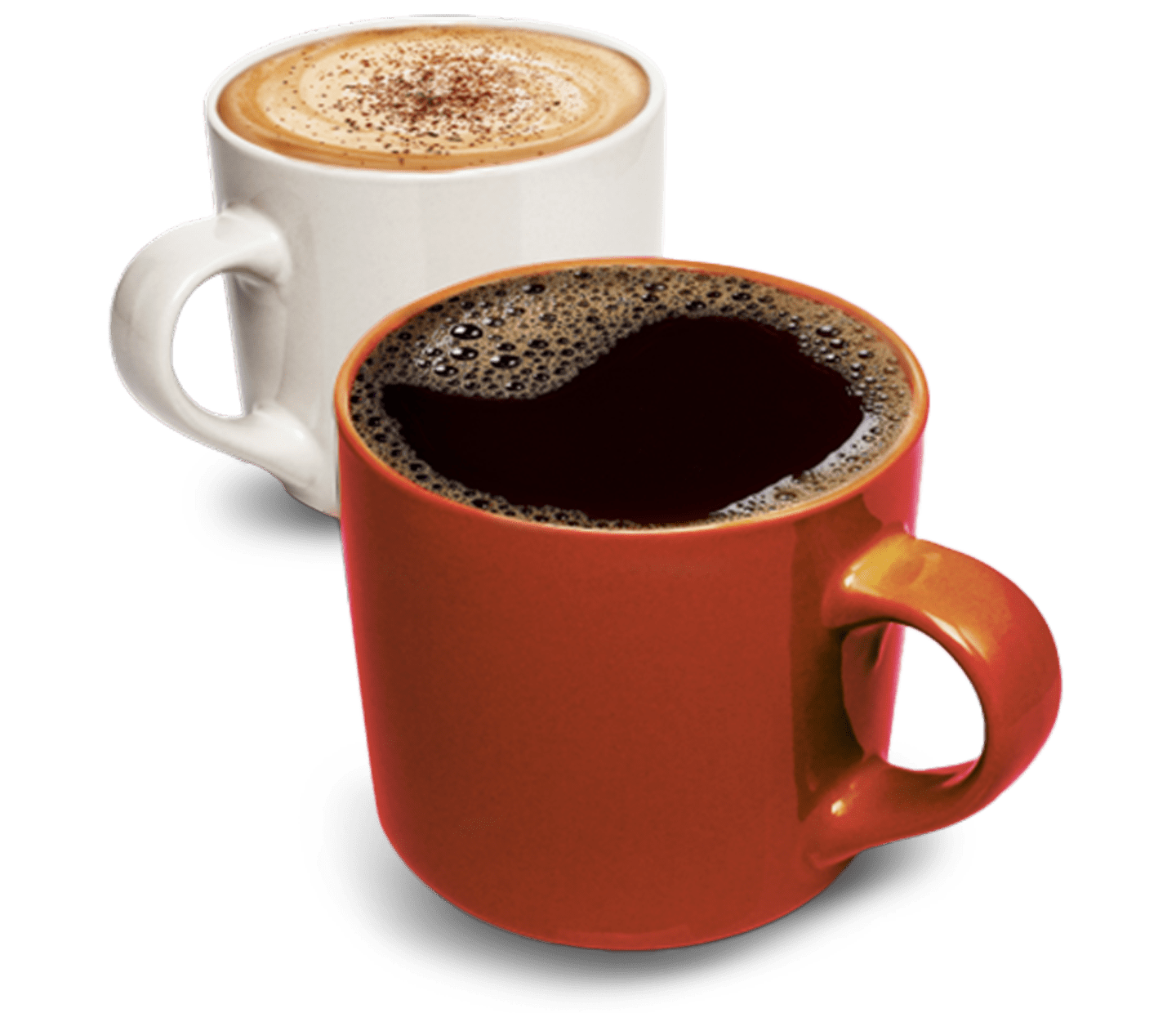Coffee Connoisseur's Corner: Where Taste Meets Tradition
Wiki Article
Indulge in the Ultimate Coffee Lover's Overview: From Bean Choice to Brewing
Embark on a journey through the complex world of coffee, where the course from bean choice to developing introduces a world of possibilities waiting to be explored. Understanding the nuances of different coffee beans, the alchemy of roasting profiles, and the mastery of developing techniques are simply the start of a coffee fan's mission for the excellent mug. As we explore the art of improving tastes and uncover the tricks to a flawless removal, the allure of crafting a customized coffee experience bids, promising a sip of pure happiness with every brew.Recognizing Coffee Beans
The quality and flavor profile of coffee are significantly influenced by the sort of coffee beans used in the brewing procedure. Coffee beans are typically classified into 2 major types: Arabica and Robusta. Arabica beans are recognized for their delicate flavors, greater acidity, and complexity. These beans are often thought about premium in high quality and are preferred by specialized coffee enthusiasts. On the various other hand, Robusta beans are identified by their strong, strong taste, greater caffeine material, and somewhat bitter preference. They are commonly utilized in blends and immediate coffee as a result of their cost and capacity to produce a thick crema.Within these two main classifications, coffee beans can additionally be differentiated by their native land, elevation at which they are expanded, and the handling techniques made use of. Aspects such as dirt cultivation, climate, and composition techniques all contribute in forming the last taste profile of the coffee beans. Comprehending these distinctions can help coffee lovers value the varied series of flavors and aromas that various beans can use.
Exploring Roasting Profiles
When delving right into the globe of coffee, recognizing the details of toasting accounts is vital for appreciating the nuances in flavor and aroma that various roast degrees give to the beans. Roasting profiles refer to the specific temperature level, period, and methods utilized to roast coffee beans. The roasting procedure dramatically affects the last taste of the coffee.Roasting accounts can vary from light to dark, each offering distinctive characteristics. Light roasts are baked at reduced temperature levels for a shorter time, maintaining the bean's original tastes and level of acidity. Medium roasts strike a balance in between taste retention and advancement, resulting in a somewhat richer preference. Dark roasts are baked at higher temperature levels for a longer period, resulting in bold tastes, lower level of acidity, and usually a smoky or bitter undertone.
Exploring various roasting accounts allows coffee fanatics to experience a diverse array of scents and tastes, from flower and fruity notes in light roasts to the robust, caramelized tones of dark roasts - Coffee. Recognizing roasting accounts empowers coffee fans to choose beans that straighten with their preferences, making sure a really tailored coffee experience
Mastering Developing Methods
Comprehending toasting profiles establishes the structure for mastering developing approaches in the realm of coffee recognition. Once you have picked the perfect roast for your taste choices, it's vital to pick the best brewing technique to remove the flavors and aromas locked within the beans. Each developing approach, whether it be pour-over, French press, coffee, or cold brew, provides a special means to display the subtleties of the coffee beans.The grind size plays an important function in developing approaches. Various developing strategies call for specific grind sizes to guarantee optimal extraction. For instance, a fine grind appropriates for espresso devices, while a rugged grind is better for French press developing.
When grasping brewing methods,Water temperature and developing time are likewise important aspects to think about. Adjusting these variables can significantly impact the last taste of the coffee. Experimenting with various developing techniques and refining your strategy gradually will enhance your coffee developing skills and boost your general coffee experience.
Enhancing Flavor With Enhancements
Checking out various ingredients such as flavored syrups, spices, or alternate milk alternatives can enhance the total taste profile of your coffee. Flavored syrups, varying from classic vanilla and sugar to special tastes like lavender or hazelnut, provide a sweet and fragrant touch to your brew. Coffee. Seasonings such as cinnamon, nutmeg, or cardamom can add deepness and warmth to your coffee, creating a intricate and rich taste experienceFor those wanting news to discover dairy products choices, choices like almond, coconut, or oat milk can supply a velvety appearance and a subtle tip of their unique flavors, enhancing the coffee's taste. Trying out different mixes of ingredients allows you to personalize your coffee to suit your preferences, whether you favor a sweet and indulgent reward or a more robust and spiced taste account. Remember to begin with percentages of additives and readjust according to preference, guaranteeing an unified equilibrium of flavors in each cup.
Tips for the Perfect Mug

Grind size also plays an essential role in the brewing process. Different developing approaches call for various work sizes for the finest results. For example, a coarse work appropriates for French press, while a great grind works well for espresso. Explore numerous work sizes to find the perfect one for your recommended developing technique.
Water high quality is frequently overlooked yet is similarly essential. Constantly utilize fresh, filtered water to guarantee a tidy preference in your coffee. Water that is too soft or also difficult can adversely impact the flavor. Keep in mind to brew your coffee at the ideal temperature. Coffee. The excellent variety is in between 195-205 ° F(90-96 ° C )for a balanced removal and tasty mug of coffee.
Conclusion
Finally, understanding the art of coffee developing calls for interest to detail and testing with numerous aspects such as bean option, roasting accounts, developing methods, and taste enhancements. By comprehending the subtleties of coffee preparation and constantly refining your method, you can develop a remarkable and tailored coffee experience. Remember to prioritize high quality active ingredients and precise measurements to raise your coffee video game to brand-new heights of enjoyment.Comprehending the subtleties of various coffee beans, the alchemy of toasting accounts, and the mastery of brewing methods are just the beginning of a coffee enthusiast's pursuit for the excellent cup.The quality and flavor profile of coffee are considerably affected by the kind of coffee beans made use of in the developing procedure. Trying out with various developing methods and refining your technique over time will enhance your coffee brewing skills you can look here and elevate Check This Out your overall coffee experience.

Report this wiki page